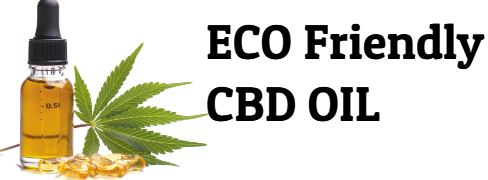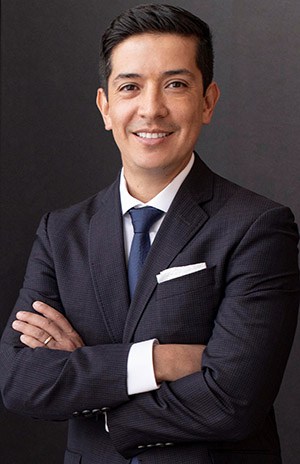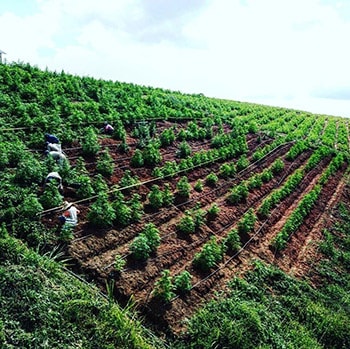<![CDATA[
LAS VEGAS, June 10, 2021 – PRESS RELEASE – Canadian-based Eteros Technologies, owner of Mobius Trimmer, a brand of high-end cannabis and hemp processing equipment, revealed its latest technological achievement, the M9 Sorter, featuring an industry-leading combination of features to ensure high-speed sorting and precise product sizing. The launch was announced at the company’s “Demo in the Desert” event held at the recently opened Eteros Las Vegas facility, which will serve as the final assembly plant for the new product in the U.S. cannabis market.
“Cannabis cultivators and processors are always engaged in a constant battle to increase yields, reduce loss and ensure high quality is maintained during the trimming process,” Mobius Trimmer CEO Aaron McKellar said. “When sorting can handle more product in less time while increasing accuracy in sizing, a large part of the battle is won. The M9 Sorter is designed with this goal in mind and incorporates a long list of features to get there.”
Features of the M9 include:
- An industry-leading nine sorting belts
- An industry-leading 78-inch sorting zone for high-speed and precise sizing of product
- A longer sorting table that leads to more accurate results
- Every grading slot is longer, creating more opportunity for an accurate sort, and each grading partition is fully adjustable
- All stainless-steel construction
- Sanitary construction for GMP workflows
- Adjustable infeed hopper: tool-free adjustment and removal for feeding or conveyor infeed
- Reversible table for operation in either left or right outfeed configuration
- Easy access for cleaning with safety interlocked end panels and rear door
- 7-inch HMI color controller
- Accurately grades up to 200 kilograms per hour
As with all Mobius products, the Mobius M9 features quick and tool-free removal of all belts and rollers for easy and safe cleaning. The new product announcement comes during a period of strong growth for Eteros, following the acquisition of California-based Triminator, a pioneer in harvesting equipment for professional growers of cannabis and hemp, and the opening of the company’s Las Vegas location earlier this year.
“We are so encouraged by the reception we have received in Las Vegas since opening our facility earlier this year,” McKellar said. “The ability to serve U.S. customers from our new home base in the desert is a dream come true. We look forward to the opportunity to serve more of the U.S. community.”
The Mobius and Triminator product lines combine to form the world’s largest manufacturer of cannabis and hemp harvesting and processing equipment. Eteros Technologies, parent company of the Mobius line, plans to retain Triminator employees and leadership, and company officials said both brands will continue to operate independently. Working in synergy, each will marshal greater engineering, sales, training and support resources to offer customers the most comprehensive suite of processing solutions on the market. The acquisition also means that the full Canadian designed-and-built Mobius line and full U.S.-built Triminator product line will be stocked and available across North America.
]]>





